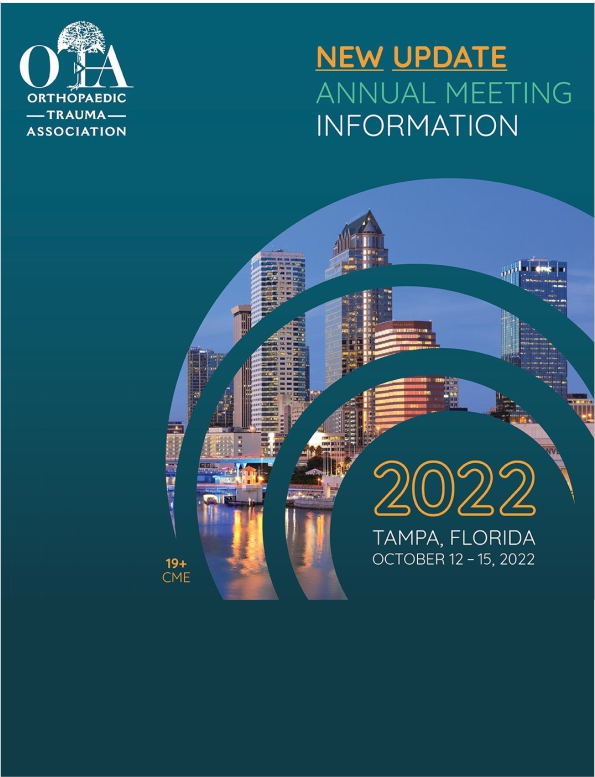
OTA 2022: Operative vs. Nonoperative Management of Humeral Shaft Fractures - a MA of RCTs

OTA 2022: Operative vs. Nonoperative Management of Humeral Shaft Fractures - a MA of RCTs
Operative Versus Nonoperative Management of Humeral Shaft Fractures: A Systematic Review and Meta-Analysis of Randomized Studies
Did you know you're eligible to earn 0.5 CME credits for reading this report? Click Here
CONFERENCE ACE REPORTS
This ACE Report is a summary of a conference presentation or abstract. The information provided has limited the ability to provide an accurate assessment of the risk of bias or the overall quality. Please interpret the results with caution as trials may be in progress and select results may have been presented.
Synopsis
4 studies including 292 patients were included in this meta-analysis comparing operative management and non-operative management of humeral shaft fractures. Outcomes of interest included upper limb function, quality of life, radiographic measures, and the rate of complications. Pooled results found significantly better 6-month functional scores with surgery. Moreover, surgery resulted in a signifi...
To view the full content, login to your account,
or start your 30-day FREE Trial today.
FREE TRIAL
LOGIN
Forgot Password?
Explore some of our unlocked ACE Reports below!

Learn about our AI Driven
High Impact Search Feature
Our AI driven High Impact metric calculates the impact an article will have by considering both the publishing journal and the content of the article itself. Built using the latest advances in natural language processing, OE High Impact predicts an article’s future number of citations better than impact factor alone.
Continue



 LOGIN
LOGIN

Join the Conversation
Please Login or Join to leave comments.